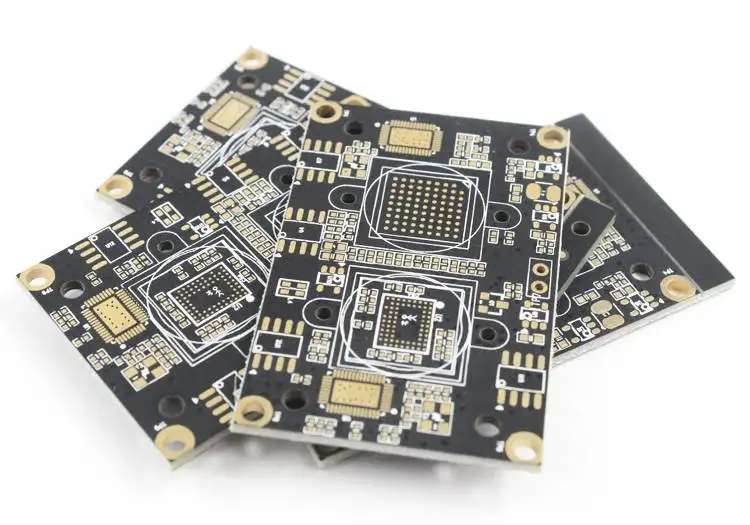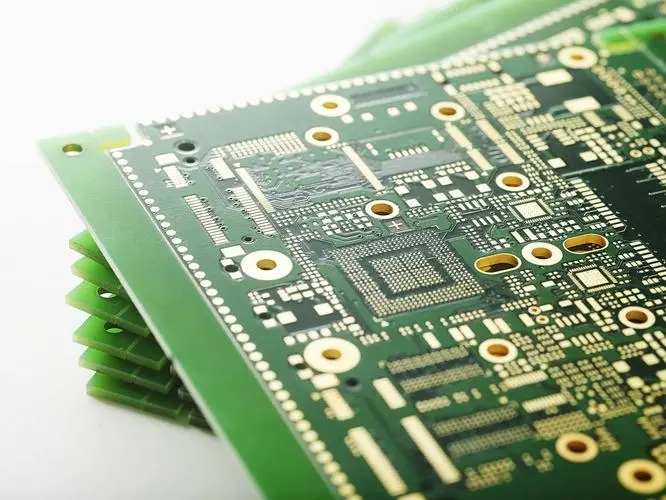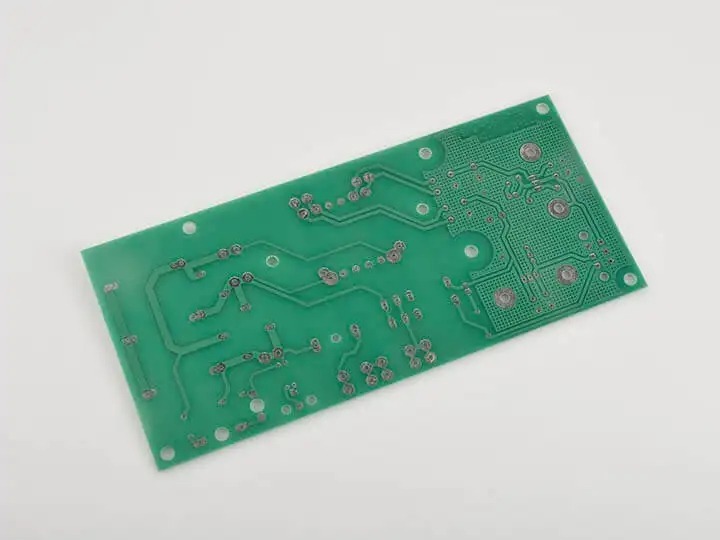
Pcb circuit board design solution to common mode interference discharge to ground
The design of printed circuit board is based on the circuit schematic diagram to realize the functions required by the circuit designer. The design of printed circuit board mainly refers to layout design, which needs to consider the layout of external connections. The optimal layout of internal electronic components, the optimal layout of metal wiring and through-hole, electromagnetic protection, heat dissipation and other factors. Excellent layout design can save production costs and achieve good circuit performance and heat dissipation. Simple layout design can be realized by hand, while complex layout design needs to be realized by computer aided design (CAD)
How to solve common mode interference discharge to ground? Among them, some netizens put forward "one leak" and "two blockages". What is the so-called "one leak" and "two blockages"? For details, please see below.
The view of "two in one":
For grounding products, it is of course hoped that common mode interference conducted from cables will be directed to the ground or chassis through capacitors or transient suppression devices to prevent them from interfering with sensitive circuits (such as CPU).

2. For floating products, the common mode voltage is mainly prevented from being converted into differential mode voltage and interfering with the sensitive circuit by connecting the magnetic ring in series (or increasing the common mode impedance); Secondly, pay attention to the PCB wiring, not only make each circuit of the PCB maintain zero potential to its reference ground (digital ground GND, but not the chassis ground PG of the grounded product), but also place it in the filter circuit of key signals such as I/O, RST, CS (chip selection). In this way, no matter how bad the common mode interference is, it will not interfere with the digital circuit.
3. The first method is to discharge (teacher Wu said, but it requires a good grounding or metal enclosure), and the second method is to block (explained in the second way, to avoid common mode interference converting into differential mode interference, which affects the circuit). The first method is mainly used for ground equipment with good grounding (such as communication base station), and the second method is mainly used for on-board, airborne and shipborne equipment.
4. Of course, people will say that the second method (floating ground) may fail to deal with high-frequency interference due to parasitic capacitance between PCB board and ground. However, for railway, electric power and industrial control sites, the main interference is frequency converter, high-power motor, circuit breaker or switch, and the interference generated is mainly more than 10MHZ. In addition, ground wire interference (strong electrical short circuit, lightning strike back, harmonic, leakage current) is also extremely serious and unstable (usually up to 0.8V). For the working voltage of 1.2V of some key CPU, it is a devil!
5. The energy of high-frequency common mode electromagnetic interference is generally not large. For example, mobile phones and high-power RFID (the maximum power of my experience is only 3W). Because they are high-frequency, ferrite magnetic rings or magnetic beads can absorb them, and metal cases (or conductive coatings sprayed in plastic cases) can completely reflect or absorb them—— Now the railway requires 800~1000M, 1.4G~2.1G radiation immunity test (up to 20V/M), and 2.1G~2.5G radiation immunity test (up to 5V/M), so there is almost no problem with the equipment. Of course, the equipment shall pass CS, ESD, EFT and other tests.
Opinion of netizen Evanma:
For the solution of external common mode interference, I agree with Hua Erxiong. As for the influence of parasitic capacitance on high-frequency interference, personal experience, this is not a big problem. The views are as follows;
In actual operation, the most damaging factors to the system are low-frequency common mode interference, such as high-power motor, circuit breaker or switch, short circuit, lightning induction, etc. mentioned by Hua Erxiong. These types are mostly external common mode signals, whose pulse width ranges from hundreds of us to s, and the longest period is also several seconds. Such pulses continuously cause high voltage fluctuations to the ground, thus damaging the system. But for high-frequency common mode interference, starting from the interference source, most of the energy is transmitted in the form of radiation, and such common mode interference mostly occurs in the system itself.
What do you think of this, or are there other better solutions? The circuit board assembly, circuit board design, and circuit board processing manufacturers explain how to solve the common mode interference discharge to the ground in PCB circuit board design.









